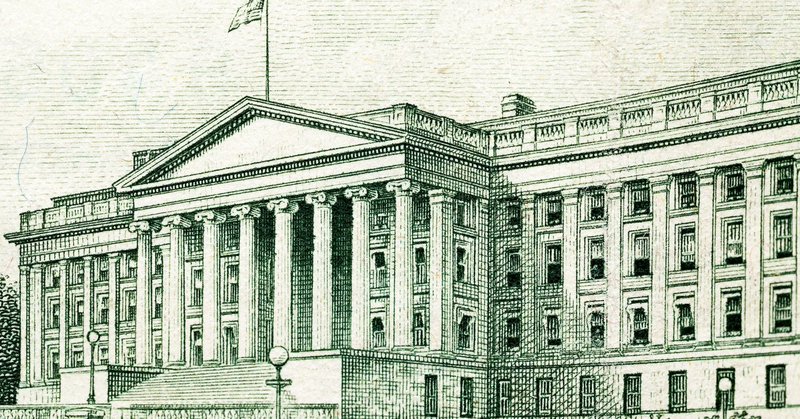
Penn Wharton Budget Model
@BudgetModel
Followers
4K
Following
689
Media
715
Statuses
2K
@Penn @Wharton Budget Model provides accessible, transparent, and nonpartisan economic analysis of public policy issues without policy advocacy. #PWBM
Philadelphia, PA
Joined June 2014
#PWBM is excited to announce we are opening applications for this spring’s Wharton Public Policy Certificate Program! Designed for Congressional staffers & public policy professionals, this online program will equip certificate earners with a powerful framework for public policy.
3
1
5
We estimate the Senate-passed reconciliation bill increases primary deficits by $3.1 trillion over 10 years. The dynamic cost, including changes to the economy, is larger at $3.5 trillion. GDP falls by 0.3 in 10 years and falls by 4.6 in 30 years.
budgetmodel.wharton.upenn.edu
We estimate the Senate-passed reconciliation bill increases primary deficits by $3.2 trillion over 10 years. The dynamic cost, including changes to the economy, is larger at $3.6 trillion. GDP falls...
36
608
1K
. (2/2) GDP remains mostly flat, and wages fall by 0.3 percent. Dynamic costs exceed conventional costs in the budget window.
budgetmodel.wharton.upenn.edu
If spending and tax changes in the House-passed reconciliation bill are made permanent, federal debt increases by 9.9 percent in 10 years and 22.9 percent in 30 years. GDP decreases by 3.6 percent,...
0
1
5
. (2/2) GDP rises slightly, as labor supply and savings respond to a reduced social safety net, but the dynamic score is larger ($3.2 trillion) than the conventional.
budgetmodel.wharton.upenn.edu
We estimate the House-passed reconciliation bill increases primary deficits by $2.7 trillion over 10 years. GDP rises slightly, as labor supply and savings respond to a reduced social safety net, but...
1
0
2
If spending and tax changes in Reconciliation are made permanent, federal debt increases by 11.1% in 10 years and 24.3% in 30 years. GDP remains flat and wages fall by 0.5%. Dynamic costs exceed conventional costs in the budget window. #TCJA.
budgetmodel.wharton.upenn.edu
If spending and tax changes in Reconciliation are made permanent, federal debt increases by 11.1 percent in 10 years and 24.3 percent in 30 years. GDP remains flat and wages fall by 0.5 percent....
0
7
8
We estimate the House reconciliation bill increases primary deficits by $3.3 trillion over 10 years. Even so, GDP rises in the short and long term, as precautionary increases in labor supply and savings respond to a reduced social safety net.
budgetmodel.wharton.upenn.edu
We estimate the House reconciliation bill increases primary deficits by $3.3 trillion over 10 years. Even so, GDP rises in the short and long term, as precautionary increases in labor supply and...
1
0
2
. (2/2) Our new analysis considers several options to make the business tax extenders portion permanent using a combination of different horizons for spending cuts and individual tax extenders.
budgetmodel.wharton.upenn.edu
Our previous analysis demonstrated that the Trump Administration's major tax proposals would require expiration if combined with the FY2025 House budget reconciliation. This brief considers several...
0
0
1









